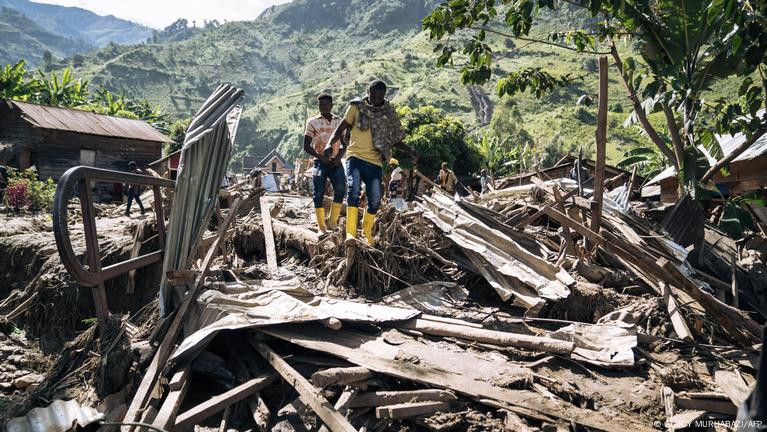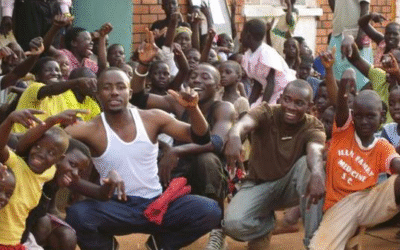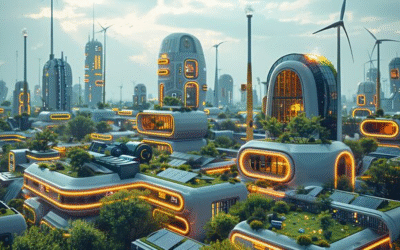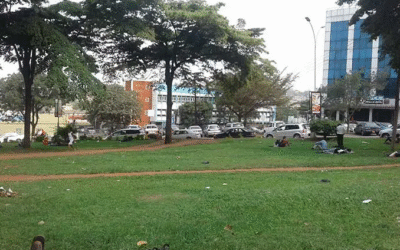Cities are built on hope but tested by crisis.
Earthquakes, floods, pandemics, fires, political unrest — these moments strip a city to its bones, revealing what truly holds it together.
It’s not the steel of the skyscrapers or the concrete of the roads.
It’s the resilience of its people and the quiet strength that rebuilds from the rubble and insists that life must go on.
When the Unthinkable Happens
Crisis is the great equalizer and the great revealer.
It exposes inequality, governance gaps and the limits of infrastructure.
But it also awakens solidarity, courage and creativity that no blueprint could have foreseen.
When New Orleans faced Hurricane Katrina, it was the neighborhoods, not the government, that began the first wave of recovery.
When Beirut’s explosion shook the city in 2020, it was citizens — not systems — who showed up with brooms, bandages and food.
Resilience begins where policy pauses — in the hands of people who refuse to give up.
The Anatomy of Urban Resilience
A resilient city is not one that avoids crisis — it’s one that can absorb shock, adapt and transform.
Resilience has layers: physical, social, economic and emotional.
- Physical resilience means buildings that withstand storms.
- Social resilience means communities that look out for each other.
- Economic resilience means livelihoods that can pivot.
- Emotional resilience means hope that refuses to die.
Together, they form a fabric stronger than any plan — woven through trust, memory, and shared experience.
Lessons from the Pandemic City
COVID-19 redefined what “normal” means in cities.
It emptied streets, shuttered schools and silenced once-busy plazas. But it also revealed how adaptable urban life can be.
Sidewalks became dining rooms. Balconies turned into concert stages. Parks became the new offices.
The crisis taught us that resilience is creativity under pressure — the ability to rewrite the city’s code on the fly.
Climate Disasters and Urban Vulnerability
From rising seas to record heat, climate change has turned slow emergencies into daily realities.
Cities at the coast, on floodplains, or near fault lines live under constant threat — yet also lead the charge in adaptation.
Jakarta is moving its capital to escape sinking land.
Cape Town nearly ran out of water but pioneered citywide conservation.
And in Freetown, urban forests are being restored by women-led local collectives.
Every disaster carries a warning — and an opportunity to design smarter, fairer, greener systems.
Community First Responders
In every urban crisis, before aid agencies arrive or governments coordinate, it’s neighbors who act first.
Local networks — from informal savings groups to religious associations — become the first responders.
Their local knowledge often saves more lives than top-down interventions.
Resilient planning must formalize the informal — integrating grassroots capacity into official recovery systems.
Rebuilding as Renewal
Reconstruction is never neutral — it can either restore old inequalities or rebuild toward justice.
Cities that use recovery as a reset often emerge stronger.
In Christchurch, New Zealand, earthquake rebuilding became an opportunity to design a greener, more inclusive downtown.
In Kobe, Japan, post-disaster reconstruction inspired a model of urban safety that is now taught worldwide.
Recovery is not about returning to what was lost — it’s about creating what should have been.
Urban Mental Health and Collective Healing
After every crisis, the wounds left behind are not just physical — they’re emotional.
Urban trauma lives in silence, in broken routines, in the collective memory of what happened.
Cities that address mental health openly — through memorials, art therapy, public counseling, and safe community spaces — move from survival to healing.
Because resilience is not the absence of pain; it’s the courage to feel and rebuild anyway.
Technology and Early Warning
Smart technologies are reshaping how cities predict and respond to crises.
From flood sensors to earthquake alerts, from social media mapping to open-data dashboards, technology can save lives — if equitably deployed.
Digital resilience means ensuring no one is left offline during disaster response.
Connectivity, like water or light, becomes a lifeline.
The Spirit of the City
Every city carries a pulse — an instinct for self-repair.
From the ruins of earthquakes to the ashes of wars, people return, rebuild, repaint, and replant.
What makes cities resilient isn’t their infrastructure — it’s their imagination.
It’s the small acts of repair — a child planting a tree, an artist repainting a wall, a teacher reopening a classroom.
Reflection
To talk about resilience is to talk about love — love of place, of people, of possibility.
Because rebuilding isn’t just construction; it’s conviction.
The cities that endure are those that refuse despair,
That build back not the same, but better.
And when the next storm comes — as it always will — they will bend, but never break.




